Apple's very strong real-world revenues and its high iPhone gross margins are now thought to give the company substantial headroom for a price cut that could lead to huge strides forward in market share.
While about two million of Apple's nearly 6.9 million iPhones are counted as worldwide inventory and so hint at a possible decline in iPhone sales in the fall, Wolf explains that iPhone sales are likely to keep increasing and so make a price slash that much more feasible.
More important is Apple's own built-in breathing space for a cut, he says. If Apple TV sales aren't directly included in the equation, Needham estimates an average selling price of about $666 for each iPhone — an approximately 50 percent gross margin over the actual cost of producing and selling the device. That would leave Apple significant room to cut prices by itself without impacting AT&T's subsidies and could result in a $99 iPhone 3G while still carrying a well-padded 42.3 percent margin.
To the analyst, this could potentially lead to "double or triple" his institution's projected sales for iPhones, which at last check anticipated 15.7 million units in 2009; as a result, it would significantly skew worldwide market share in Apple's favor.
"In short, the iPhone... could figuratively take over the smartphone market leaving only niche players like BlackBerry," Wolf argues.
While it remains to be seen whether Apple aggressively trims prices instead of adding features, the iPhone maker is already known to be outshadowing competitors in some areas: its second-generation touchscreen phone has already outsold the BlackBerry line during the summer quarter and was one of the US' top handsets of any type in the same period.
Wolf is keen to note that Apple is unlikely to stop deferring its revenue per iPhone in the near future and thus won't automatically give a better sense of its potential to lower iPhone prices, even if the company will now make it a habit to report its true revenues with each quarter. However, it's this deferred approach that the researcher believes is key to Apple offering free major updates for each iPhone and thus to guarantee an even greater source of revenue as every iPhone owner gains the option of browsing the App Store and in turn spurs more hardware sales.
"With over 5,000 applications and growing, the App Store has the potential to generate a material revenue stream for Apple," he says. "More importantly, the App Store represents a significant and durable competitive advantage over competing smartphones... In the App Store, Apple has reinvented the PC maxim that software drives hardware, in this case iPhone sales."
 Katie Marsal
Katie Marsal












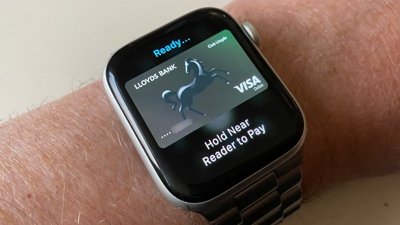
 William Gallagher
William Gallagher
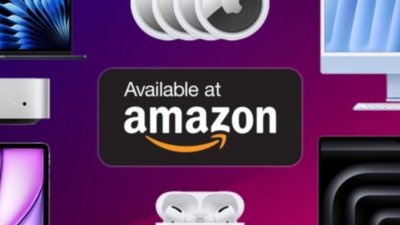
 Christine McKee
Christine McKee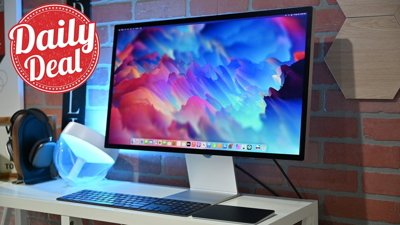
 AppleInsider Staff
AppleInsider Staff
 Chip Loder
Chip Loder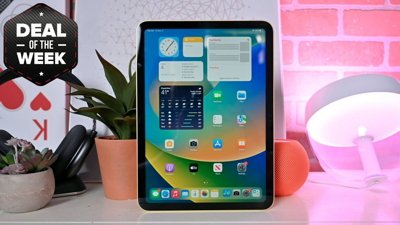
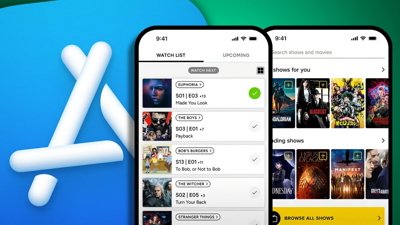
 Malcolm Owen
Malcolm Owen








64 Comments
The US says bring it on! Of course.
Check out these prices in 'me'
Oh that's right. Nokia will go out of the phone biz. Good thing these geniuses are here to remind the world that only one company makes phones.
A Shaw Wu statement if I ever heard one.
Does this stupid statement mean that the rest of the world does not exist?
Don't even bother with cheaper prices...Try keeping the storage space in line with the iPod Touch. Here's the pricing structure I'd like to see:
8GB iPhone: $99
16GB iPhone: $199
16GB iPod Touch: $199
32GB iPhone: $299
32GB iPod Touch: $299
Cheaper prices don't always equal more marketshare. Cheaper prices usually equal poorer workmanship and quality of product. This is extremely antithetical to Apple's history from the late 90's to the early 2000's.
Where did they get a figure of $666? Sounds like a figure picked for controversy... just wait and see.
Oh brother, I certainly hope not. I would much rather pay more upfront and less over time. The iPhone 3G is a lot more expensive then the first iPhone over 24 months. And it's all cause people don't consider total cost, they only look at the initial payment payment.
It's the same story with the mortgage crisis. People just look at the monthly payments and don't consider how much they're actually paying!